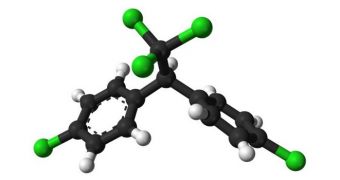A collaboration of investigators from the Harvard School of Public Health (HSPH) and the Icahn School of Medicine at Mount Sinai determined in a new study that the growing incidence of autism, attention-deficit hyperactivity disorder and autism in the general population may be explained, at least in part, by increased exposure to toxic chemicals in the environment.
Over the past few years, the incidence of neurodevelopmental disabilities among children has gone through the roof, and researchers have been struggling to figure out why ever since. The new research highlights the need for more control on a series of dangerous substances that pollute our cities.
“The greatest concern is the large numbers of children who are affected by toxic damage to brain development in the absence of a formal diagnosis. They suffer reduced attention span, delayed development, and poor school performance. Industrial chemicals are now emerging as likely causes,” says Philippe Grandjean.
The expert holds an appointment as an adjunct professor of environmental health at HSPH. He says that some of the new additions to list of hazardous chemicals include flame retardants such as polybrominated diphenyl ethers, solvents such as tetrachloroethylene, and pesticides such as DDT, PsychCentral reports.

 14 DAY TRIAL //
14 DAY TRIAL //